Sign up for workout ideas, training advice, reviews of the latest gear and more.

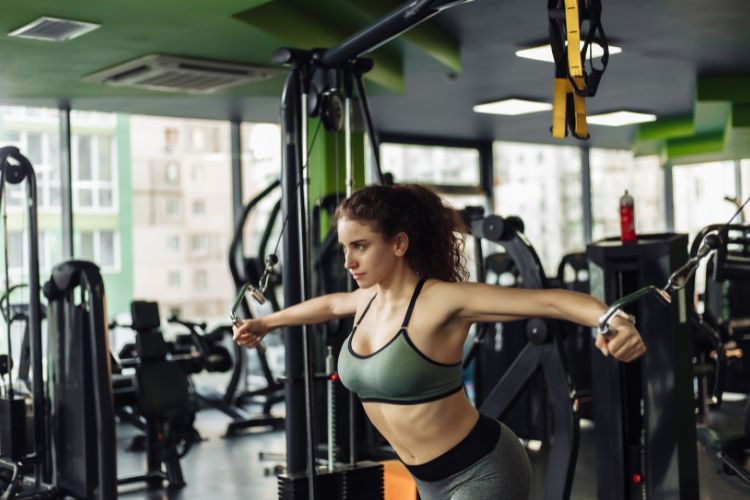
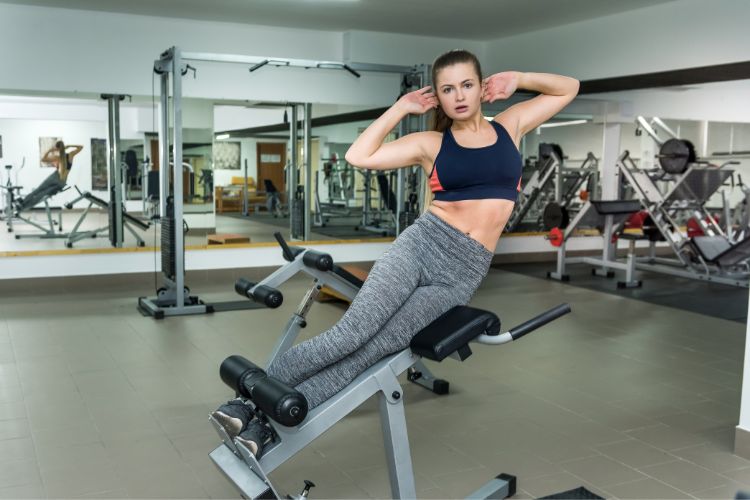
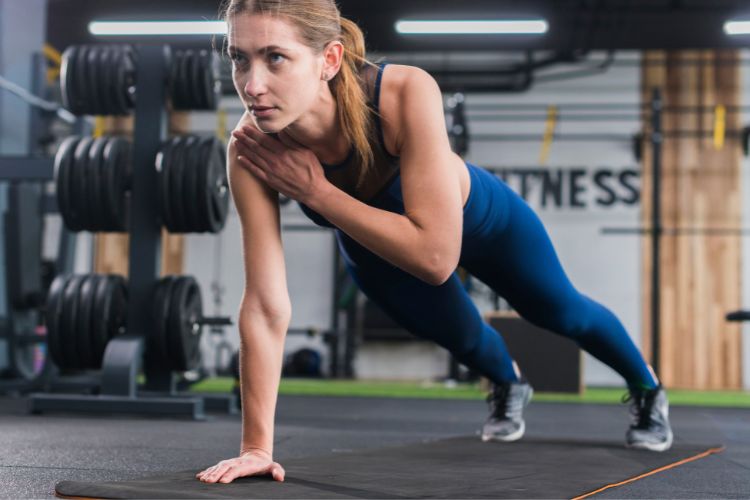
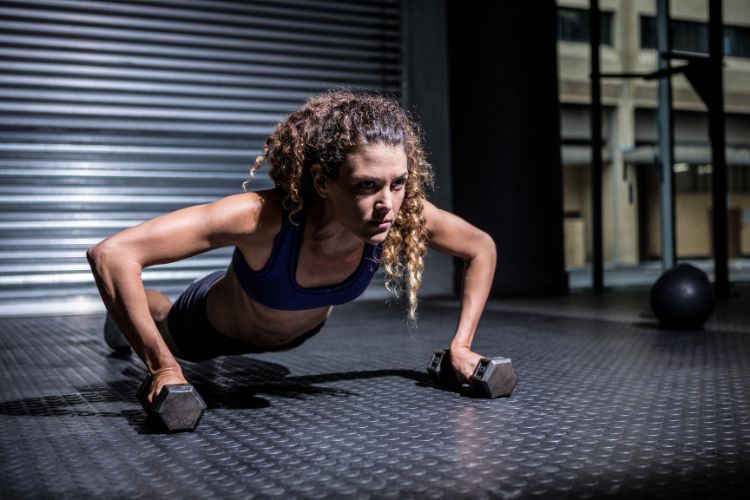
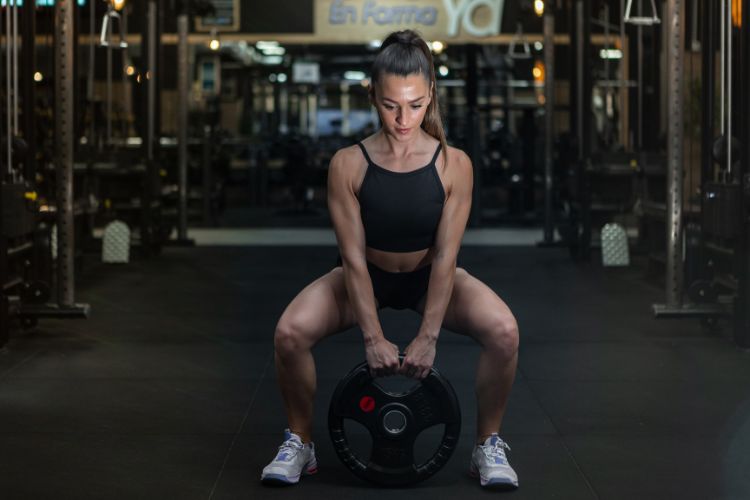
When it comes to achieving strong, toned legs, free weight leg workouts are one of the most effective ways to reach your fitness goals. Not only do these exercises target major muscle groups like the quads, hamstrings, glutes, and calves, but they also improve balance, stability, and overall functional strength. For women, incorporating free weights into leg workouts can help build lean muscle, boost metabolism, and enhance body composition. In this blog post, we’ll explore the best free weight leg exercises, tips for proper form, and how to create a workout routine tailored to your fitness level.
Free weight exercises, such as squats and lunges, engage multiple muscle groups simultaneously. This not only helps you build lean muscle but also increases your metabolic rate, allowing you to burn more calories even at rest. For women looking to tone their legs and improve overall body composition, free weights are a game-changer.
Free weight leg workouts mimic real-life movements, such as bending, lifting, and walking. This improves your functional strength, making everyday activities easier and reducing the risk of injury.
Unlike machines, free weights require you to stabilize your body during exercises. This engages your core and smaller stabilizing muscles, improving your balance and coordination over time.
Whether you’re a beginner or an advanced lifter, free weight leg workouts can be tailored to your fitness level. By adjusting the weight, reps, and sets, you can create a challenging yet achievable routine.
Below are some of the most effective free weight leg exercises for women. These movements target all major muscle groups in the lower body and can be performed with dumbbells, kettlebells, or barbells.
Goblet squats are a beginner-friendly exercise that targets the quads, glutes, and hamstrings. They also help improve squat form and mobility.
How to Do It:
Pro Tip: Focus on keeping your core engaged and back straight throughout the movement.
Lunges are a fantastic unilateral exercise that targets each leg individually, helping to correct muscle imbalances.
How to Do It:
Pro Tip: Keep your torso upright and avoid leaning forward.
Romanian deadlifts (RDLs) are excellent for targeting the hamstrings and glutes while also engaging the core.
How to Do It:
Pro Tip: Focus on pushing your hips back rather than bending your knees.
This advanced variation of the lunge adds an extra challenge by elevating your back leg, increasing the load on your front leg.
How to Do It:
Pro Tip: Use a lighter weight until you master your balance.
Sumo squats target the inner thighs, glutes, and quads, making them a great addition to any leg workout.
How to Do It:
Pro Tip: Focus on engaging your inner thighs throughout the movement.
Calf raises are a simple yet effective exercise for strengthening and toning the calves.
How to Do It:
Pro Tip: Perform this exercise on a raised surface for a greater range of motion.
Before diving into your workout, spend 5-10 minutes warming up with dynamic stretches or light cardio. This prepares your muscles for the exercises and reduces the risk of injury.
Proper form is crucial for preventing injuries and maximizing results. Start with lighter weights to master the movements before increasing the load.
To continue seeing progress, gradually increase the weight, reps, or sets over time. This principle, known as progressive overload, ensures your muscles are constantly challenged.
Allow at least 48 hours of rest between leg workouts to give your muscles time to recover and grow. Incorporate stretching, foam rolling, and proper nutrition to support recovery.
Avoid plateaus by varying your exercises, rep ranges, and weights. This keeps your workouts exciting and ensures all muscle groups are being targeted.
Here’s a sample leg workout routine that incorporates the exercises mentioned above. Perform this workout 2-3 times per week, allowing at least one rest day in between.
While free weight leg workouts can deliver impressive results, it’s important to remember that progress takes time. Consistency is key—stick to your routine, challenge yourself, and celebrate small victories along the way. Over time, you’ll notice stronger, more defined legs, improved endurance, and increased confidence in your physical abilities.
Free weight leg workouts are a powerful tool for women looking to build strength, tone their lower body, and improve overall fitness. By incorporating exercises like squats, lunges, and deadlifts into your routine, you can target all major muscle groups in your legs while reaping the benefits of improved balance, stability, and functional strength. Remember to prioritize proper form, progressive overload, and recovery to maximize your results. With dedication and consistency, you’ll be well on your way to achieving the strong, sculpted legs you’ve always wanted. So grab those dumbbells and get started today—your future self will thank you!
Stay up to date on the latest women’s health, fitness and lifestyle trends and tips.